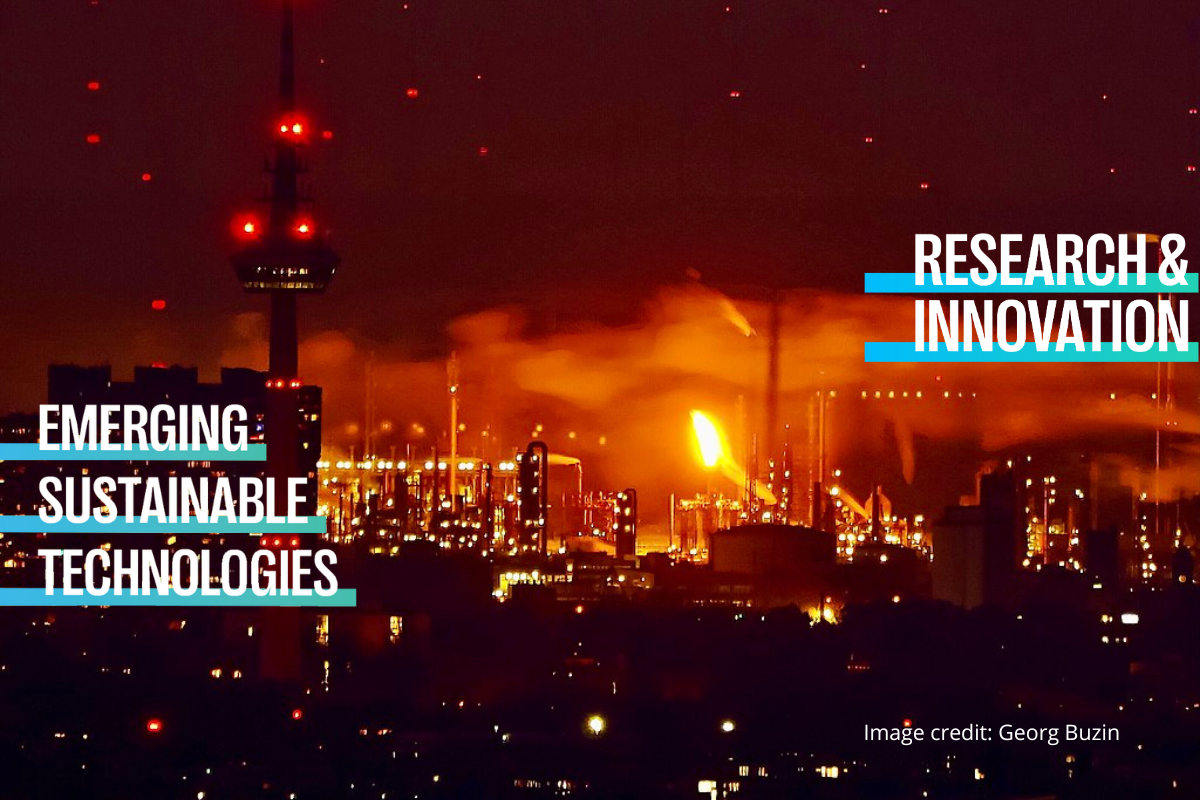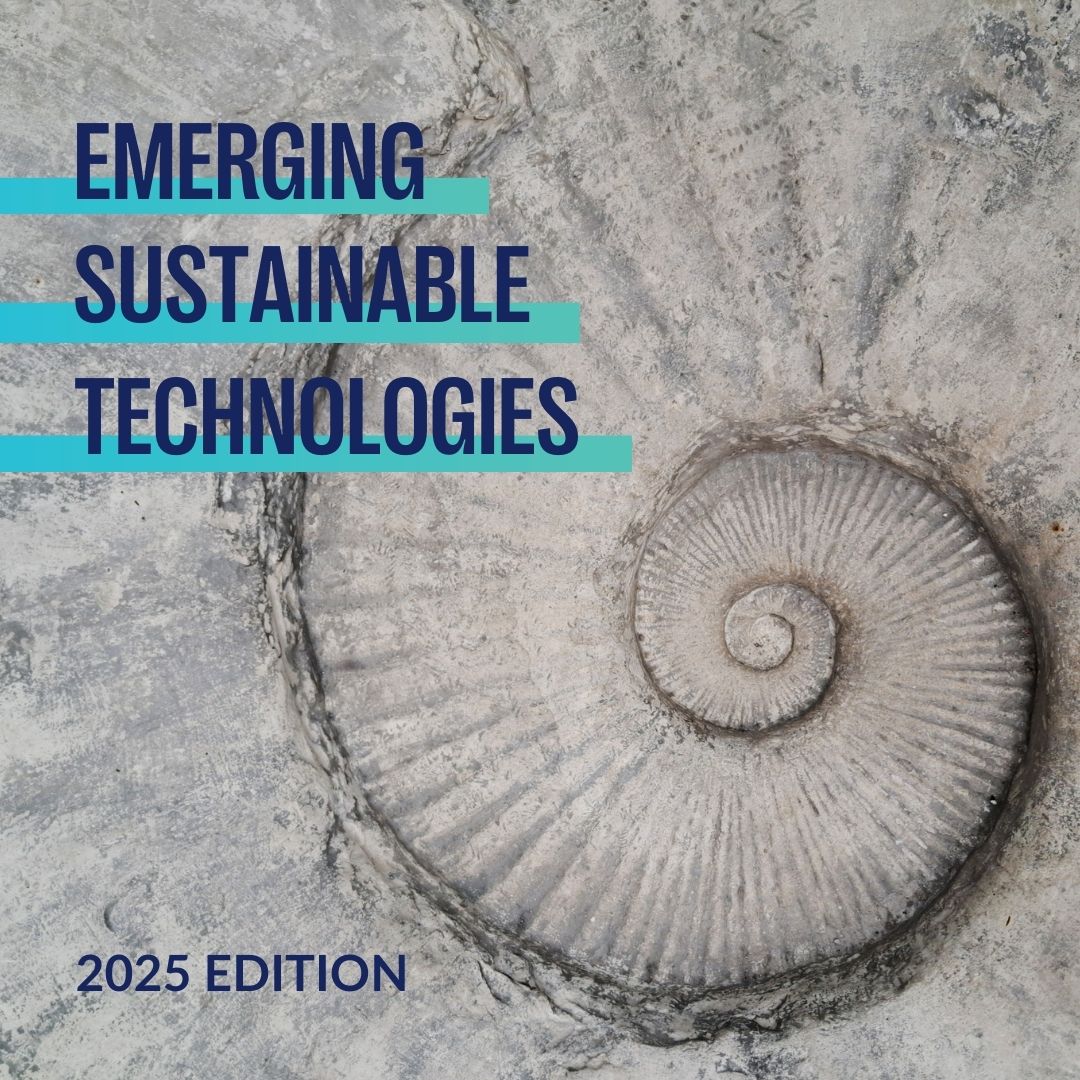


Broader consideration and actions are required to address the environmental issues associated with plastic products.
Traditional steam cracker plants include a furnace that burns a mix of methane and hydrogen to reach the required temperature above 800°C. This component is the largest greenhouse gas emission source of the plant and represents a significant share of the whole petrochemical industry emissions.
The process happening in the furnace is highly energy-intensive and used to initiate the cracking reactions. Steam cracking accounts for more than 260 million metric tons of CO2 emissions annually on a global scale. [1]
Efforts are ongoing to develop more sustainable alternatives. Electrification of the furnace is one of those alternatives. Theofanidis et al. [2] identify four key heating technologies for electricity-driven steam crackers:
One possibility to make this industry greener is to replace traditional furnaces by electric ones.
This type of electrification does not require the building of a new furnace but rather adapts the existing ones by either applying current to the wall of the furnace – indirect heating – or by applying current to the coils of the furnace – direct heating.
A first demonstration has been built using these two techniques. The pilot plant, located in Ludwigshafen, Germany, is led by BASF. The pilot will shed light on the main challenges related to these electrification techniques but it can already be pointed out that, like traditional furnaces, coke deposits on the wall of the furnace or on the coil will be an issue due to uneven temperature profiles in the furnace. Another challenge related to the electrification of the furnace is the sourcing of renewable electricity which is highly fluctuating and needs to feed a process that is very inflexible, requiring a constant source of energy.
Coolbrook has created an electrically-driven RotoDynamic Reactor (RDR) to replace fossil-fired cracker furnaces in the petrochemical industry. Rather than heating the feedstock mixture indirectly as is the case in traditional furnaces, the RotoDynamic Reactor accelerates the mixture to supersonic velocities. The mixture is then decelerated rapidly to generate heat swiftly and efficiently within the reaction zone. The energy input for the RDR is mechanical derived from an electric motor.
Compared to a furnace where the heat is provided by burners on the wall of the reactor, and then to processed gas, here gas heating becomes volumetric in nature, as opposed to surface heating, and thus inherently faster and without detrimental temperature gradients in the processed gas.
Coolbrook technology can be extended to many other industries. RDR applies to the steam cracking process, where a cracking takes place in the reactor, but the working principle can be extended to any industry where high-temperature heat is required. This is the case for industries such as iron, steel, cement, chemicals and many others.
This technology comes with many advantages, first of all the reduction of the use of fossil fuels and no CO2 emissions. It also allows for an improved yield, smaller furnaces et lower energy consumption. The only drawbacks being the renewable energy availability and the need for new infrastructures.
Steam cracking represents the most energy-intensive process within the Chemical Process Industry and one of the most polluting processes of the chemical industry. Defossilising this process is therefore a priority..
From an environmental perspective, electrification is only beneficial if low-carbon electricity is used, and must therefore be available. A Life Cycle Assessment (LCA) study by Mynko et al. [2] shows that compared to traditional combustion, the RDR reduces the impact of cracking products on climate change (at the gate) by 26.8% and appears to yield the best result among the technologies tested (i.e., low-emission steam cracking furnace, the electrically driven RotoDynamic reactor (RDR), and a blue hydrogen-fired furnace).
In addition, several categories of environmental impacts were examined, enabling a broader focus beyond just climate change and facilitating the identification of potential trade-offs within each category. Another LCA study compares different electrification steam cracking scenarios and highlights the advantages of using renewable energy sources (i.e., hydropower, solar power, and wind power) in reducing CO2 emissions.
In 2021, plastic waste amounted to 16 million tons in the EU and this figure is constantly increasing. 3.4% of global greenhouse gas emissions come from plastics, mainly during their production and processing from fossil fuels. Additionally, the negative effects of plastic waste on ecosystems and human health are well documented. Although electric cracking is a promising technology to reduce emissions from the chemical industry, this technology does not address the issue of growing plastic waste and does not allow for a sustainable exit from a waste society.
Above all, products of steam cracking, most notably ethylene, are essential components for the polymer industry which is known to be a major contributor to the environmental impact. Broader consideration and actions are required to address the environmental issues associated with plastic products.
[1]: Singh R SS (2022) Net-zero carbon ethylene production via recovery of CO2 from cracking furnace flue gas. IHS Markit, 07/2022; Available from: https://cdn.ihsmarkit.com.
[2]: Theofanidis SA et al (2025) An electricity-powered future for mixed plastic waste chemical recycling. Waste Management;193:155–70 DOI :10.1016/j.wasman.2024.12.003..
[3]: Mynko O et al (2023) Electrification of steam cracking as a pathway to reduce the impact of the petrochemical industry on climate change. Journal of Cleaner Production;427:139208 DOI :10.1016/j.jclepro.2023.139208.
> Download the 2025 report on Sustainable Emerging Technologies <
Source: Emerging Sustainable Technologies Report 2025 by ENGIE R&I
Image credit: Georg Buzin: https://creativecommons.org/licenses/by-sa/4.0